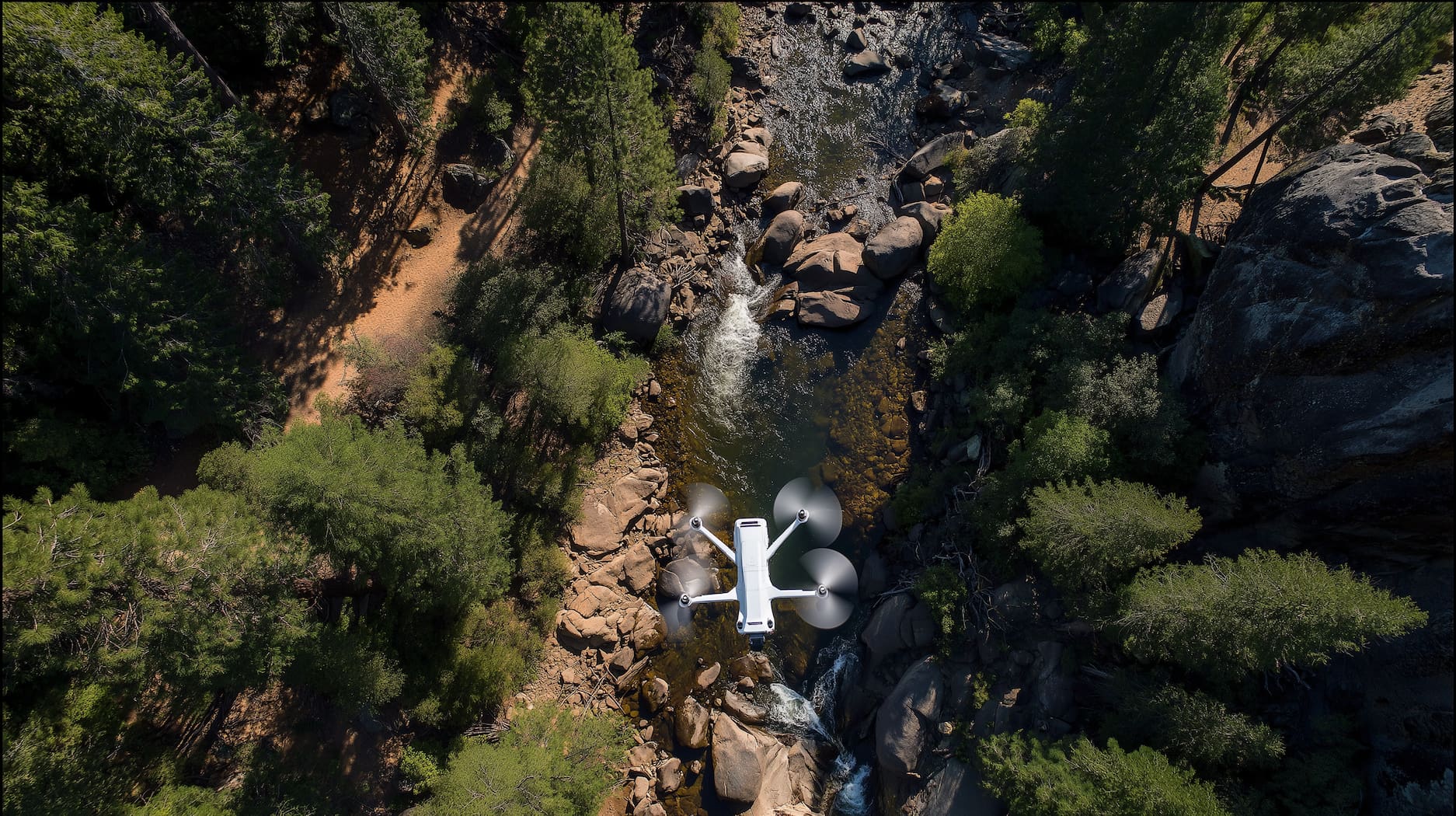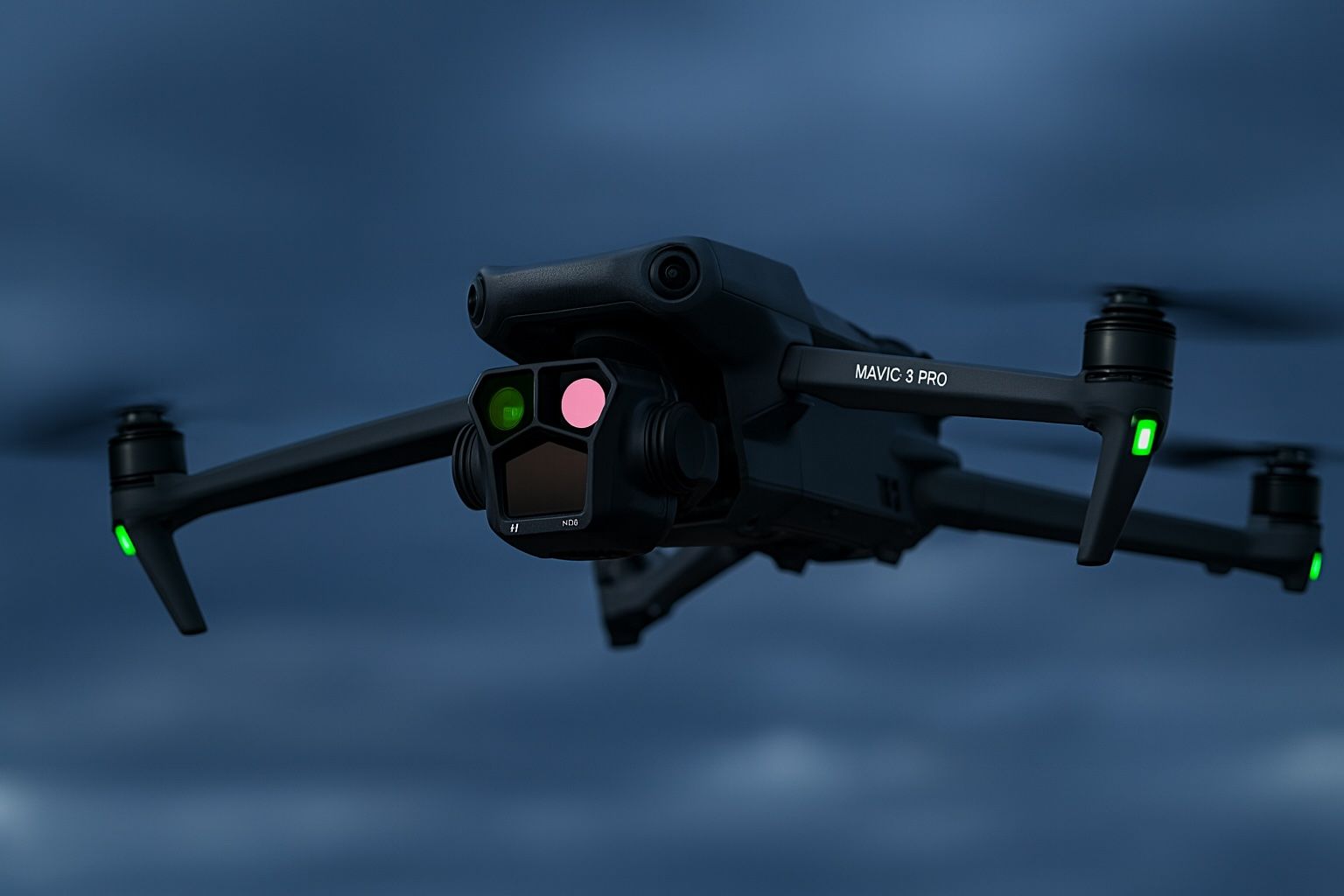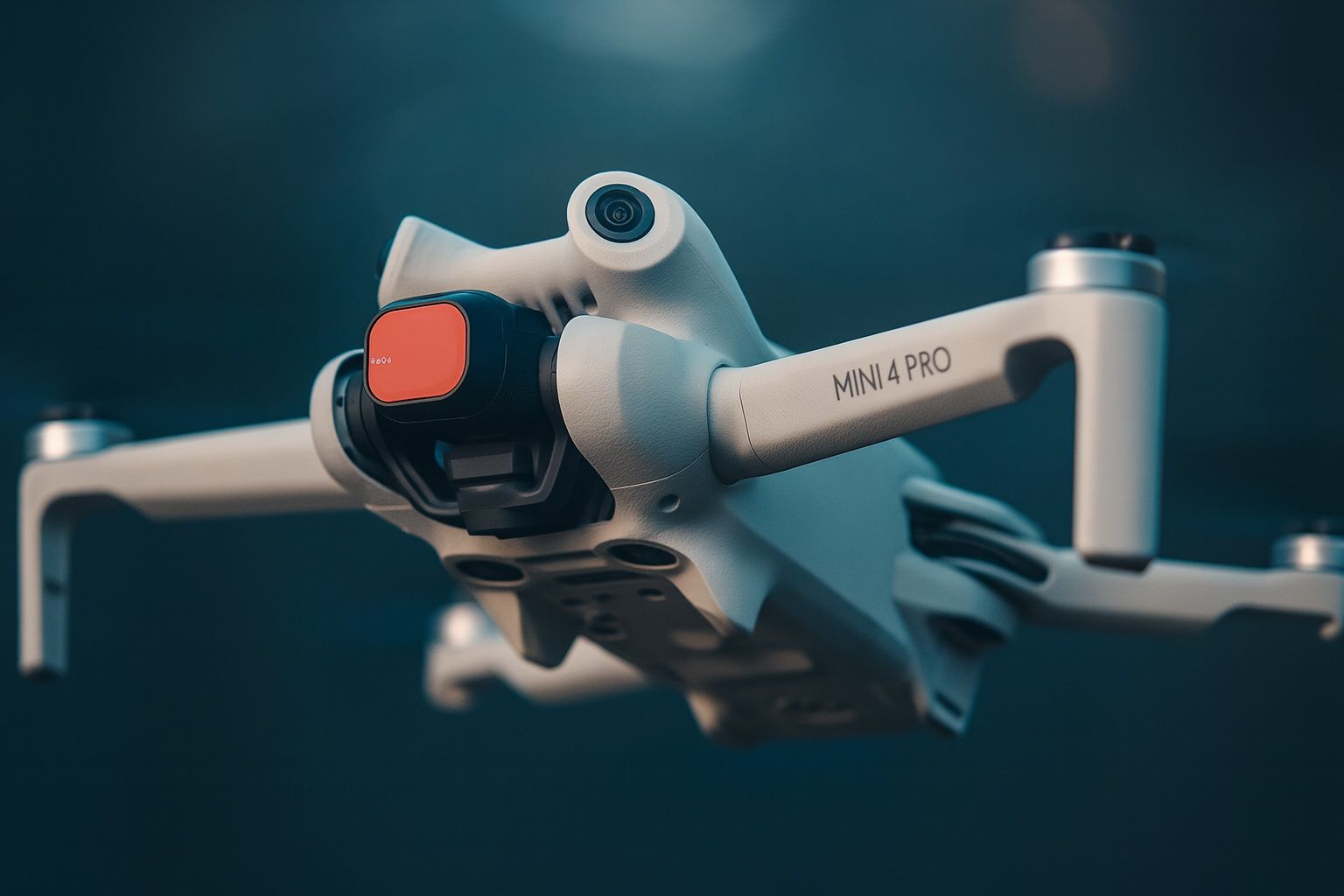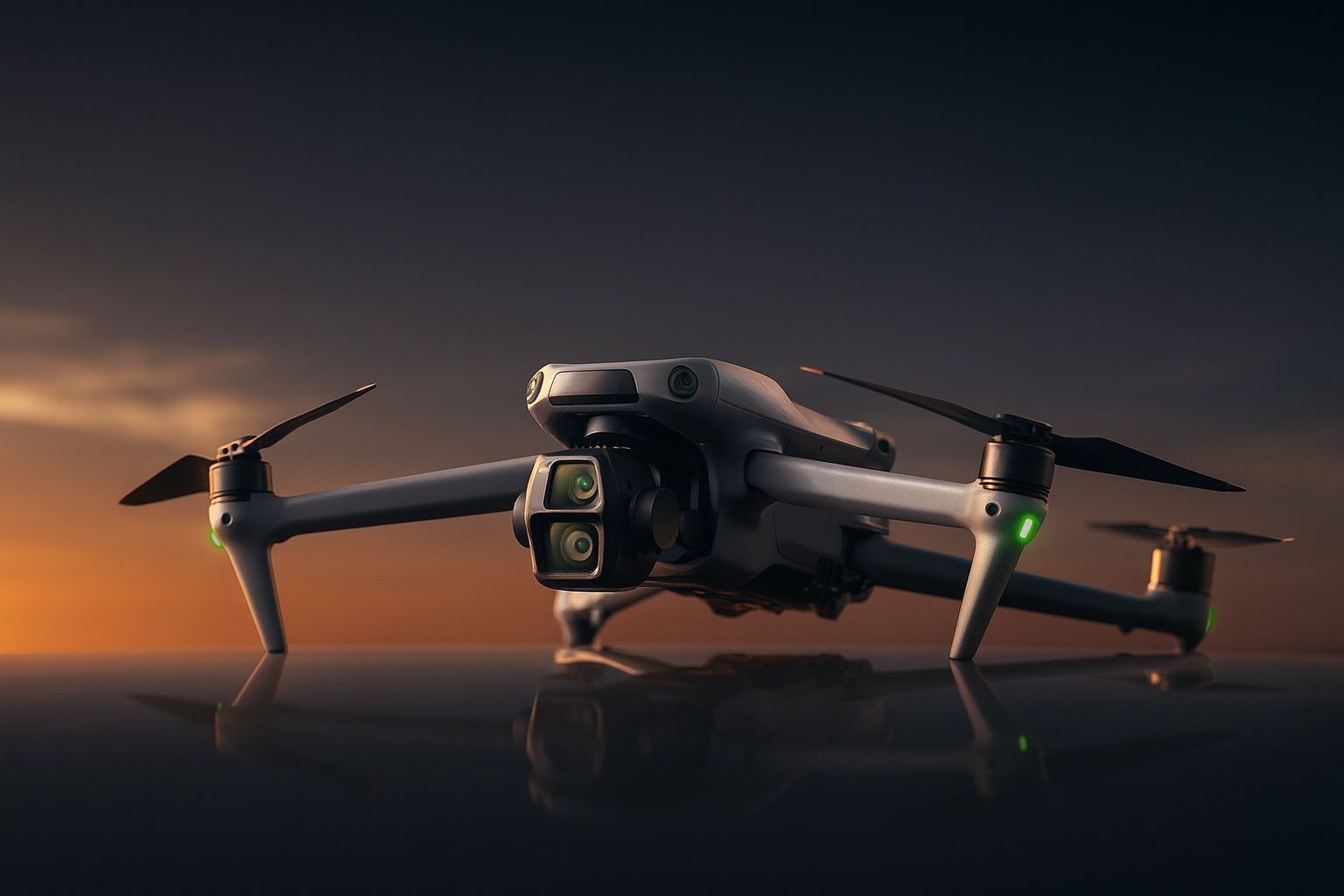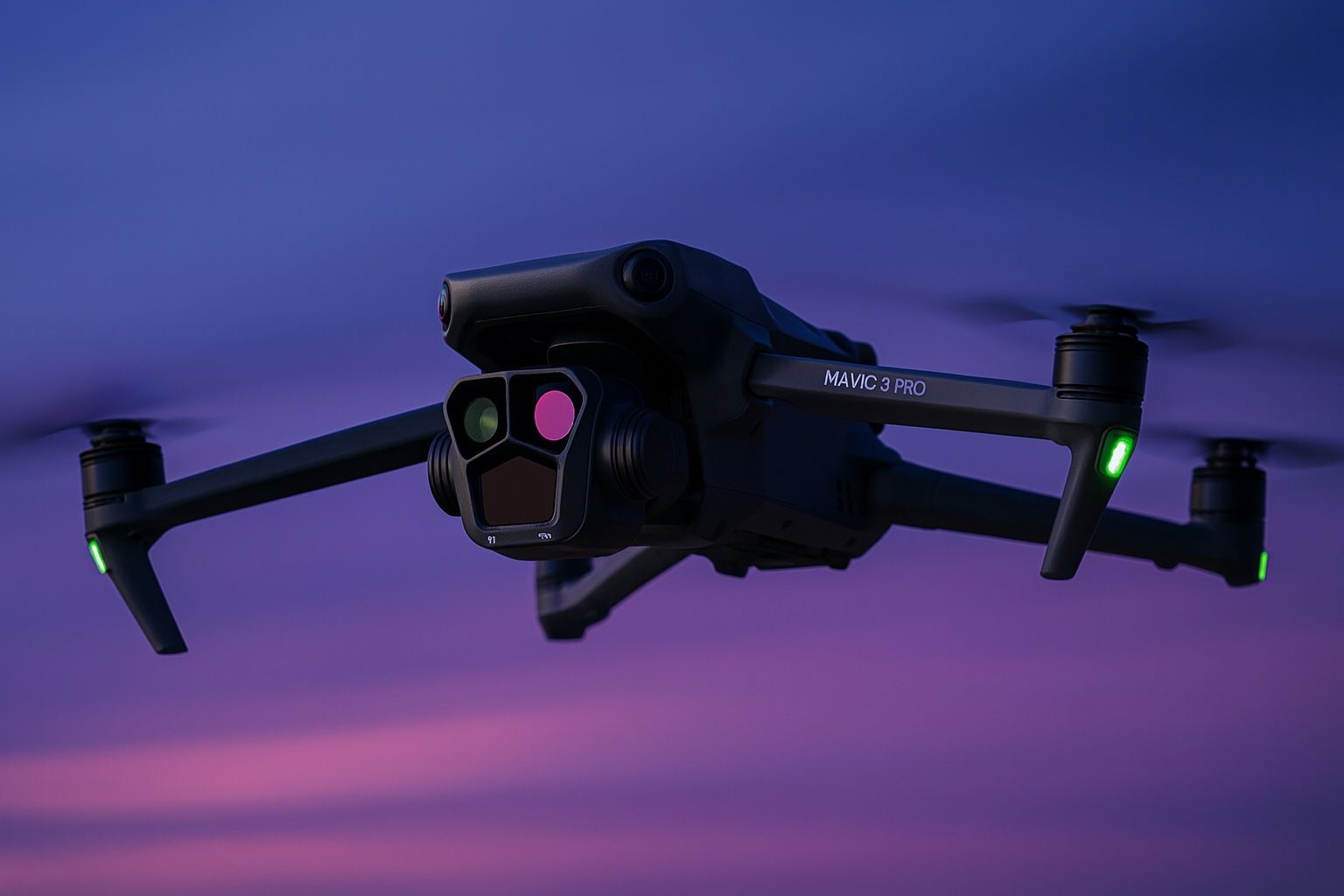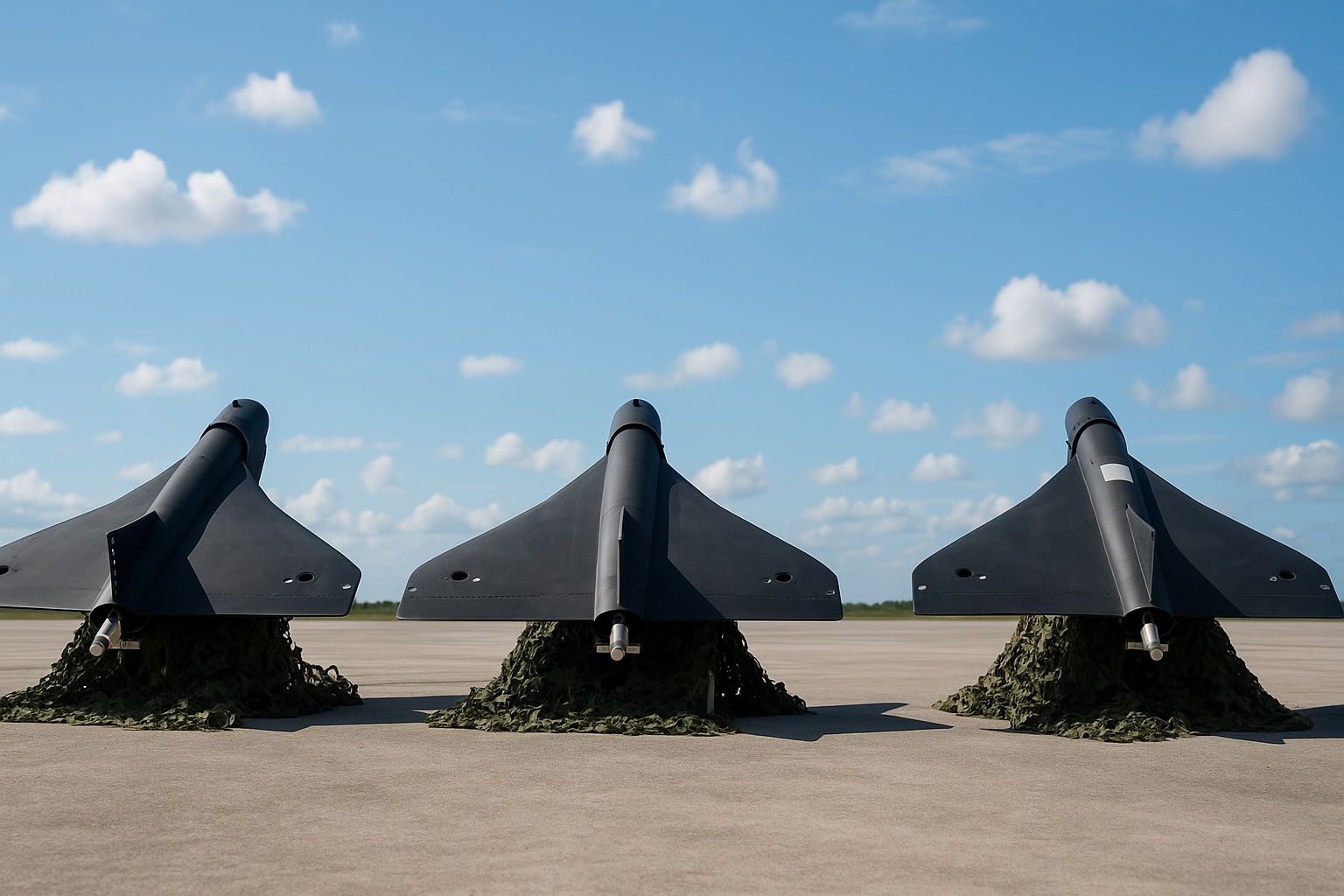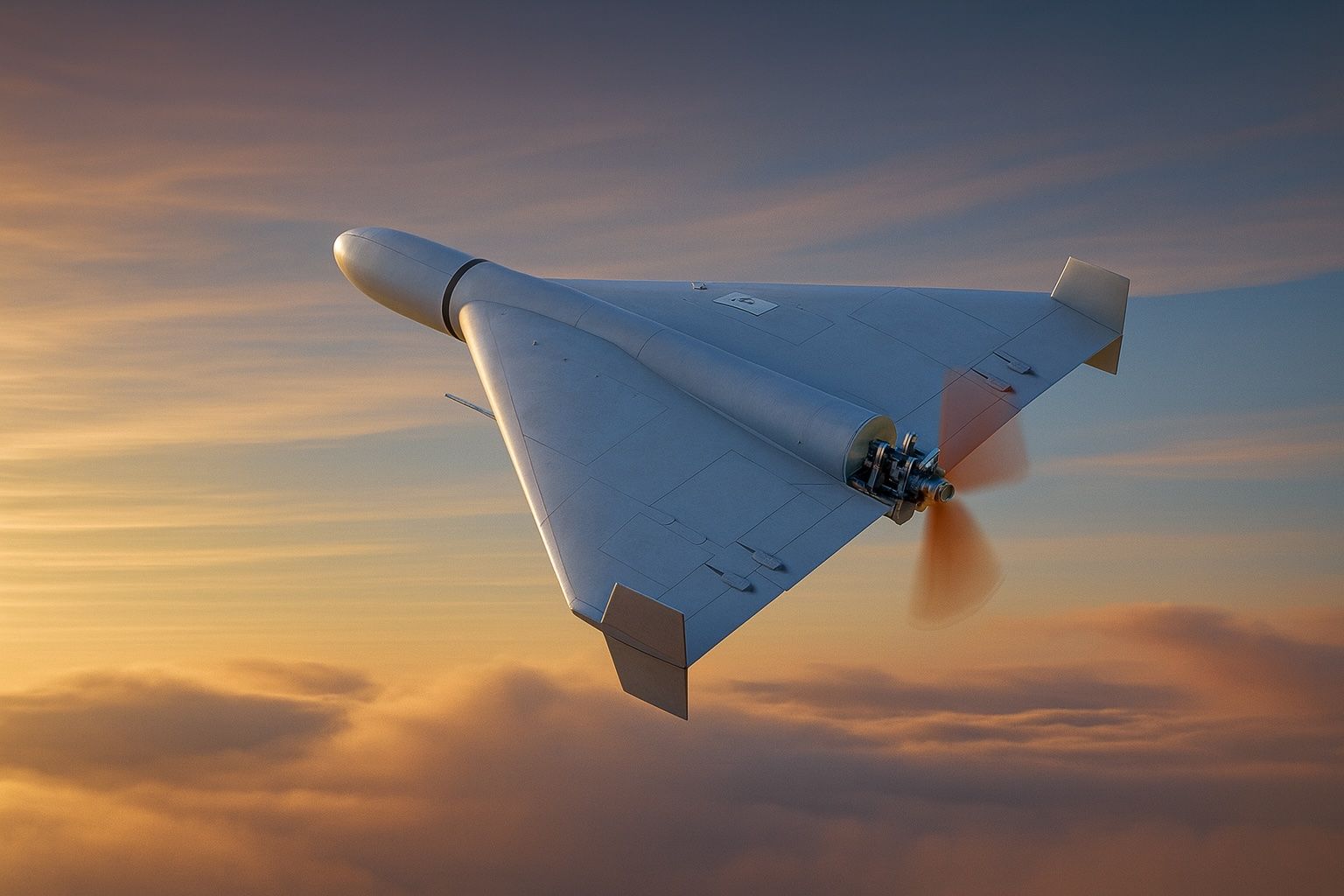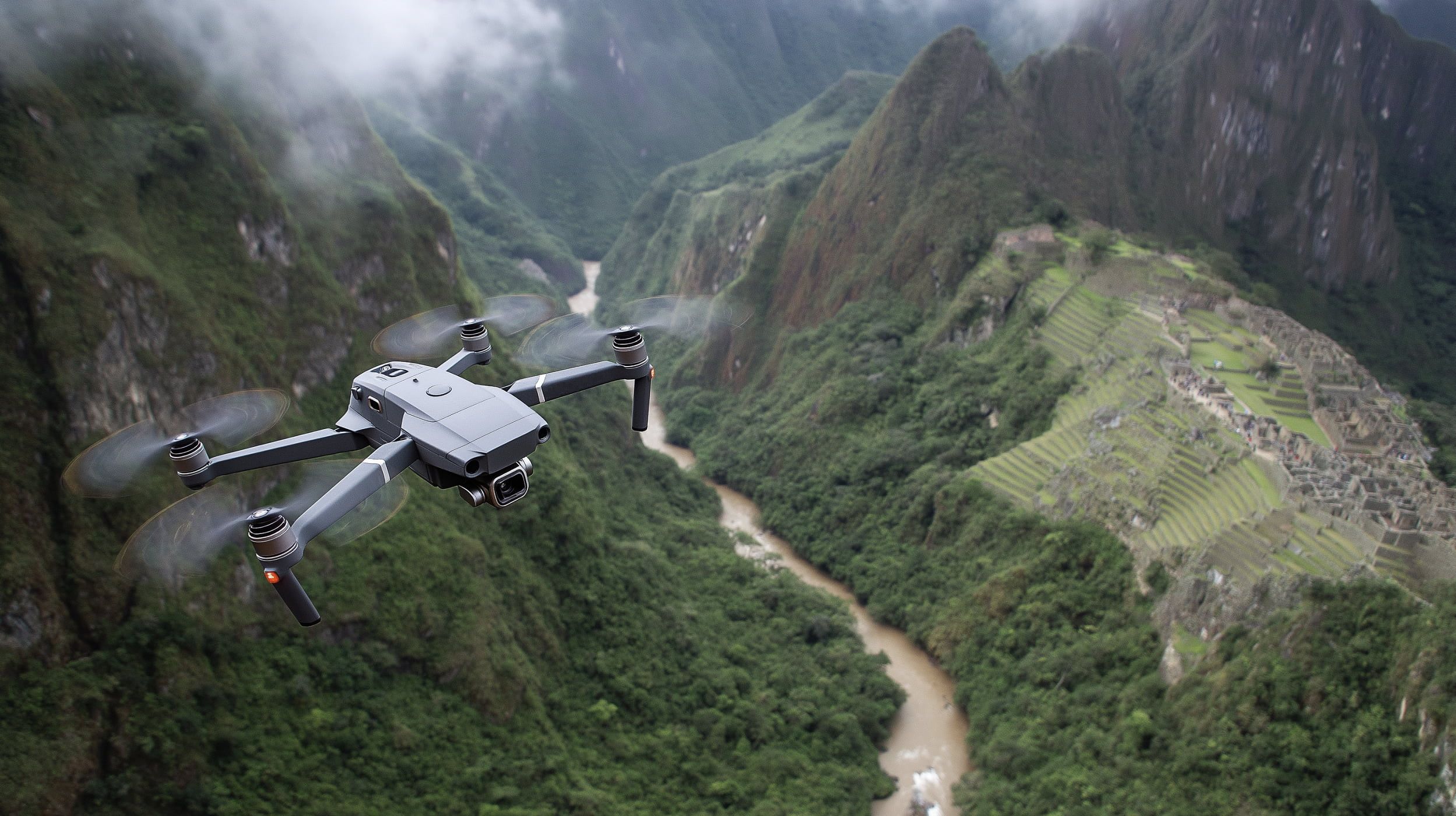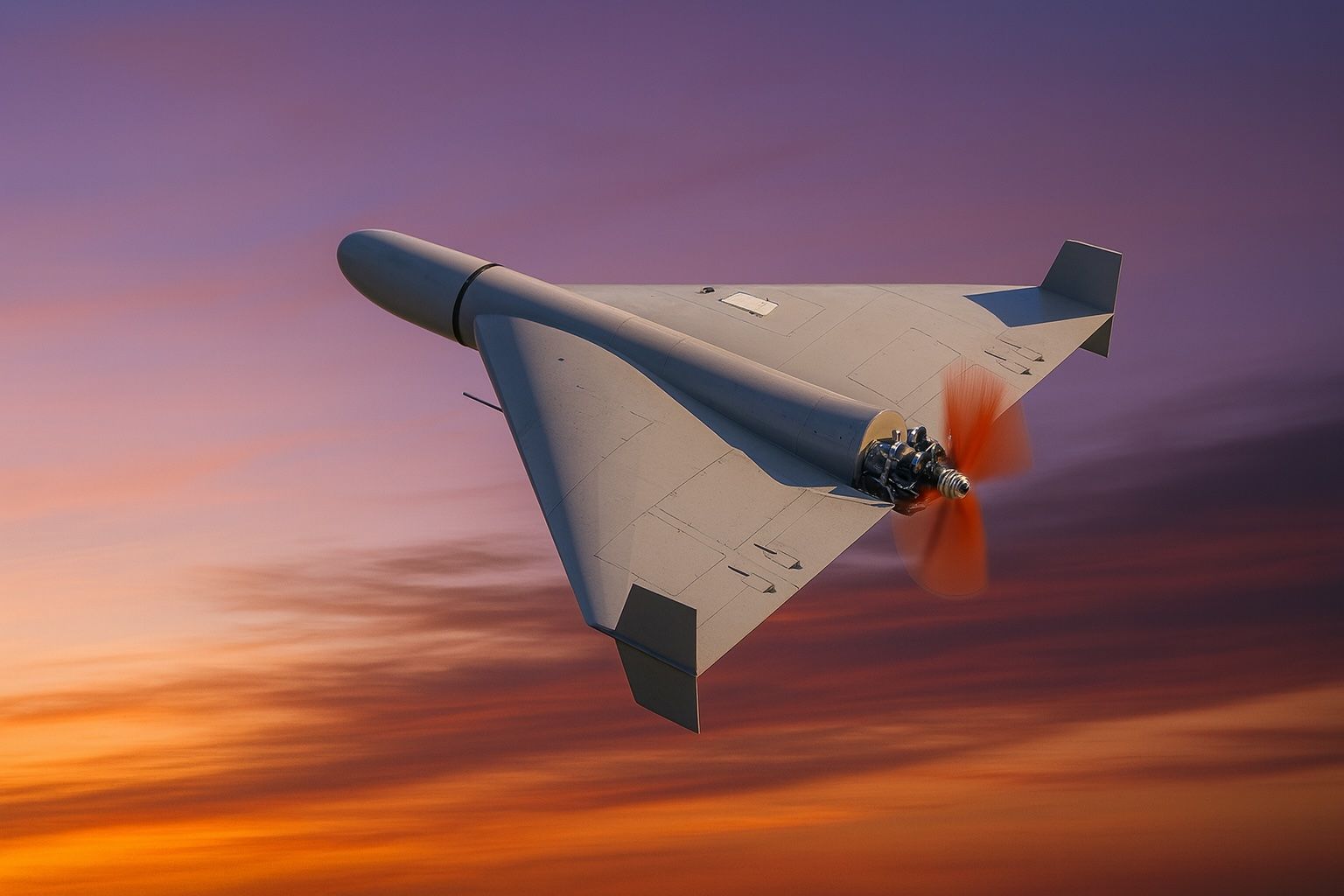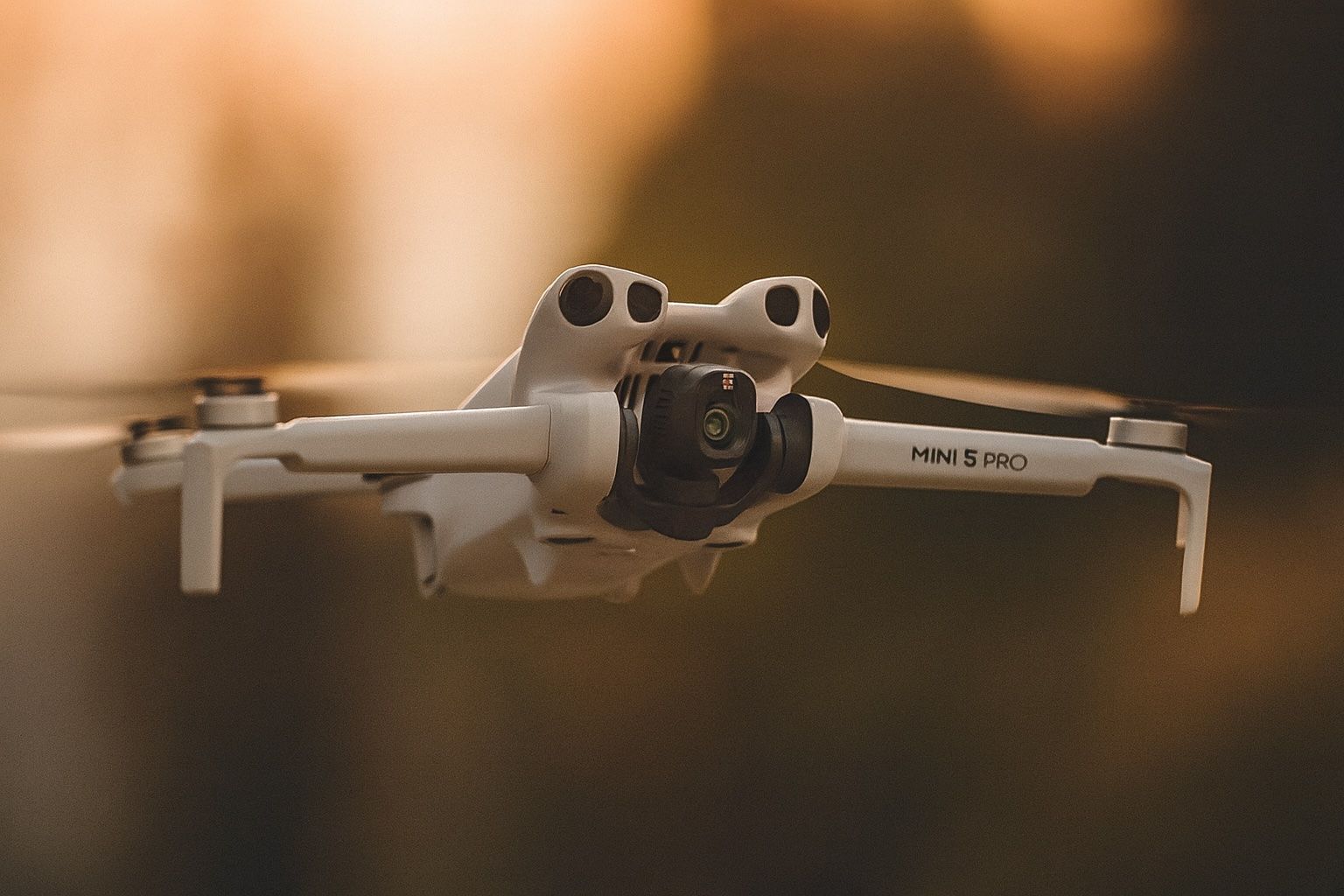
DJI Mini 5 Pro vs DJI Mini 4 Pro: Ultra-Light Drone Showdown with 1-Inch Camera & LiDAR Upgrades
In-Depth Comparison: DJI Mini 5 Pro vs Mini 4 Pro Design and Build Both the Mini 4 Pro and the expected Mini 5 Pro adhere to the same design philosophy: ultra-light, folding drones that weigh under 249 g. The Mini 4

